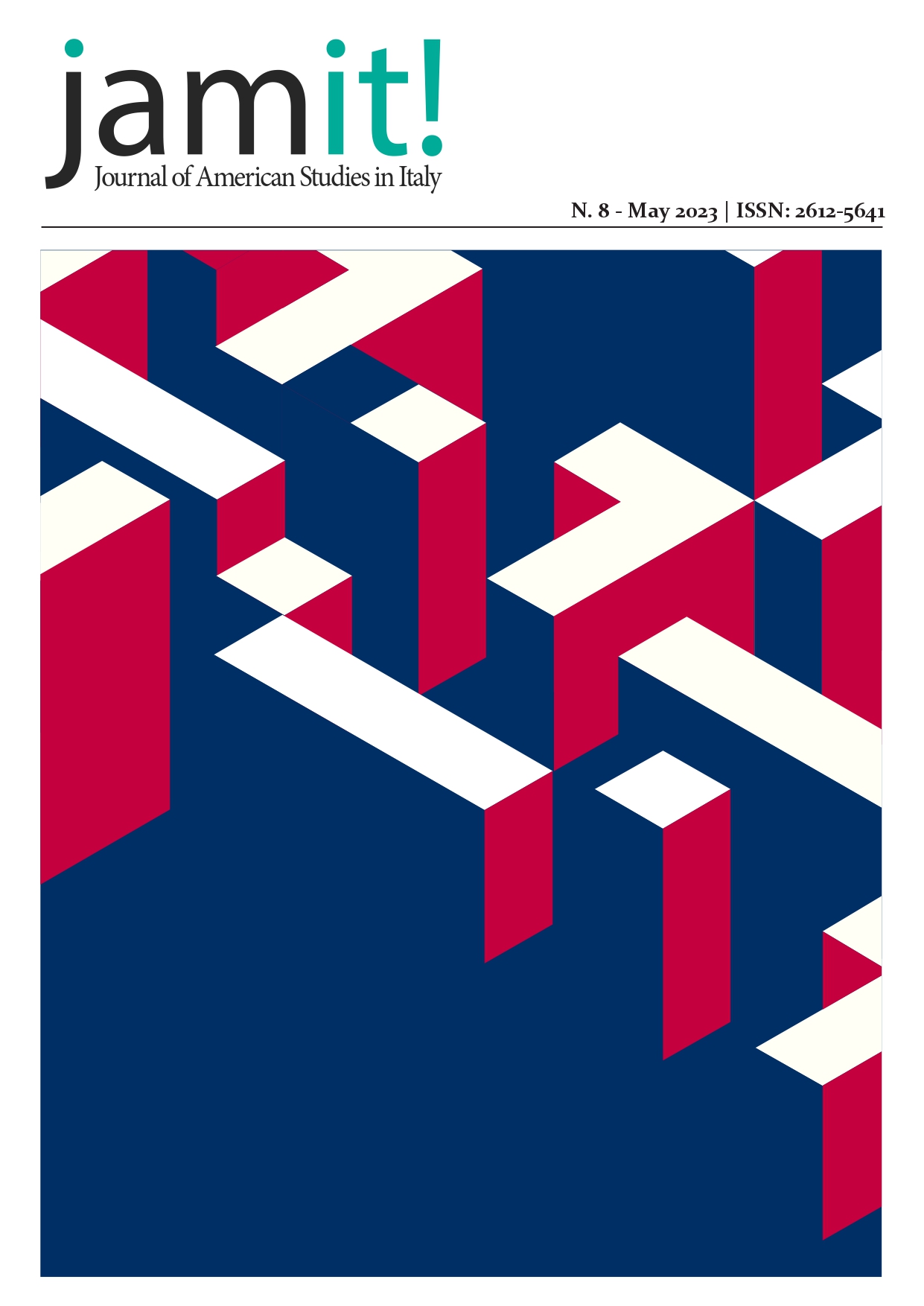From Harlem with Love
An Album of Life in The Sweet Flypaper of Life
DOI:
https://doi.org/10.13135/2612-5641/7051Schlagworte:
African American, visual studies, visuality, aesthetics, photography, communityAbstract
The Sweet Flypaper of Life (1955) is the result of the collaboration between the photographer Roy DeCarava and writer Langston Hughes. Both authors were Harlemites, DeCarava was born in Harlem and Langston Hughes made Harlem his home after moving from Missouri to New York City. This essay intends to explore the ways in which The Sweet Flypaper of Life depicts a representation of the neighbourhood of Harlem at a time when the Civil Rights Movement was just beginning. It will look at the power that DeCarava’s photographs and Hughes’ text have on creating a specific visuality of African American life, based on the Harlem community, rendering itself to be seen as a family album. The essay will firstly focus on contextualizing the creation and publication of The Sweet Flypaper of Life and afterwards offer a reading of the book using the family album metaphor as a form of agency in the acknowledgment of the African American community, focusing its representation in the aestheticization of beauty, thus distancing itself from the social and racial issues that were usually exposed.
Downloads
Veröffentlicht
Ausgabe
Rubrik
Lizenz
Authors who publish with this journal agree to the following terms:
- Authors retain the copyright and full publishing rights for their submissions to the journal.
- Authors grant the journal right of first publication with the work simultaneously licensed under a Creative Commons Attribution-NonCommercial-NoDerivatives 4.0 International License that allows others to share unedited work for non-commercial purposes with an acknowledgement of the work's authorship and initial publication in this journal.
- Authors are able to enter into separate, additional contractual arrangements for the non-exclusive distribution of the journal's published version of the work (e.g., post it to an institutional repository or publish it in a book), with an acknowledgement of its initial publication in this journal.
- Authors are permitted and encouraged to post their work online (e.g., in institutional repositories or on their website) prior to and during the submission process, as it can lead to productive exchanges, as well as earlier and greater citation of published work (See The Effect of Open Access).





